Description
PFTL101A-2.0KN 3BSE004172R1 is a load cell.
This sensor offers a variety of features and functions for measuring and monitoring force or load in a variety of industrial applications.
PFTL101A 2.0KN 3BSE004172R1 Due to the large number of bits required to encode three registers for 3-operand instructions, RISC architectures with 16-bit instructions are always 2-operand designs, such as some versions of the Atmel AVR, TI MSP430, and ARM Thumb. RISC architectures with 32-bit instructions are usually 3-operand designs, such as Arm ˌ Arms ˌ Sleeve ˌ Equipment, AVR32, Million Instructions Per Second, Power ISA, and SUN Corporation's workstation system architecture.
From the product parameters, the PFTL101A-2.0KN 3BSE004172R1 has a rated load of 2.0 kN (kilonewtons), which means it is capable of measuring forces up to 2.0 kilonewtons. The output signal is usually an analog voltage or current signal, depending on the model and configuration, which allows it to convert physical forces into electrical signals for further processing and analysis. In addition, the sensor has a high degree of measurement accuracy and generally has a wide operating temperature range to adapt to various industrial environments. The degree of protection also meets specific IP standards, ensuring reliability in harsh environments.
In practical applications, PFTL101A-2.0KN 3BSE004172R1 load cells are widely used in various industrial fields, such as manufacturing, energy, transportation, etc. It can be used to measure and monitor the force or load on the production line to ensure the stability and safety of the production process. At the same time, it can also be used in weighing and measurement systems, such as logistics, warehousing, etc., to help improve operational efficiency and accuracy.
Regarding the installation and use of PFTL101A-2.0KN 3BSE004172R1, you usually need to follow ABB’s official documents and guidelines. Proper installation and configuration ensures that the sensor operates properly and performs optimally. In addition, regular maintenance and inspection are also essential to ensure the stability and reliability of the sensor.
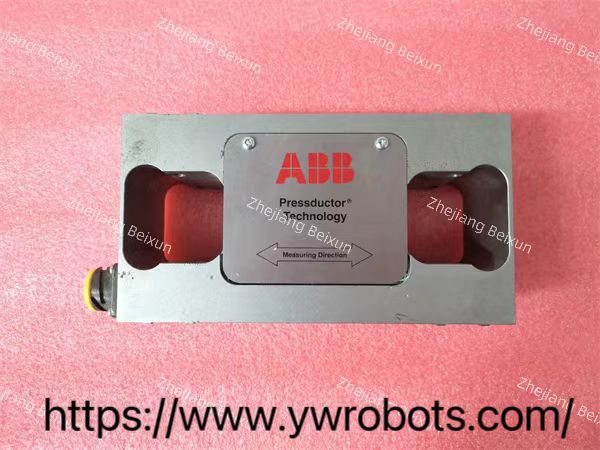
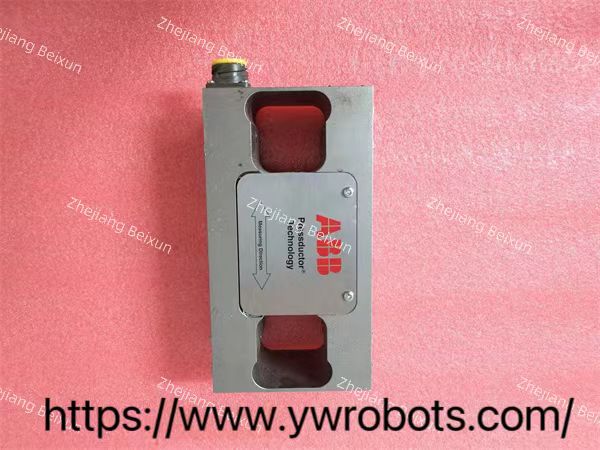






 Name:叶子
Name:叶子 phone:+86 17386466274
phone:+86 17386466274 Email:
Email: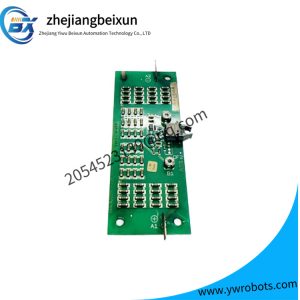
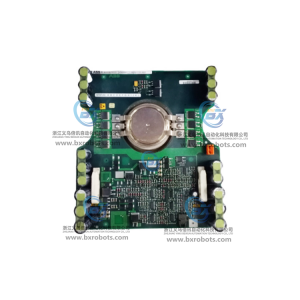
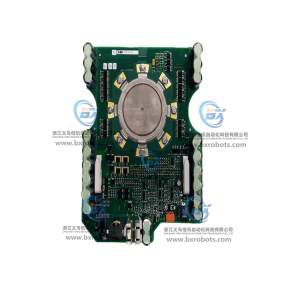
Reviews
There are no reviews yet.